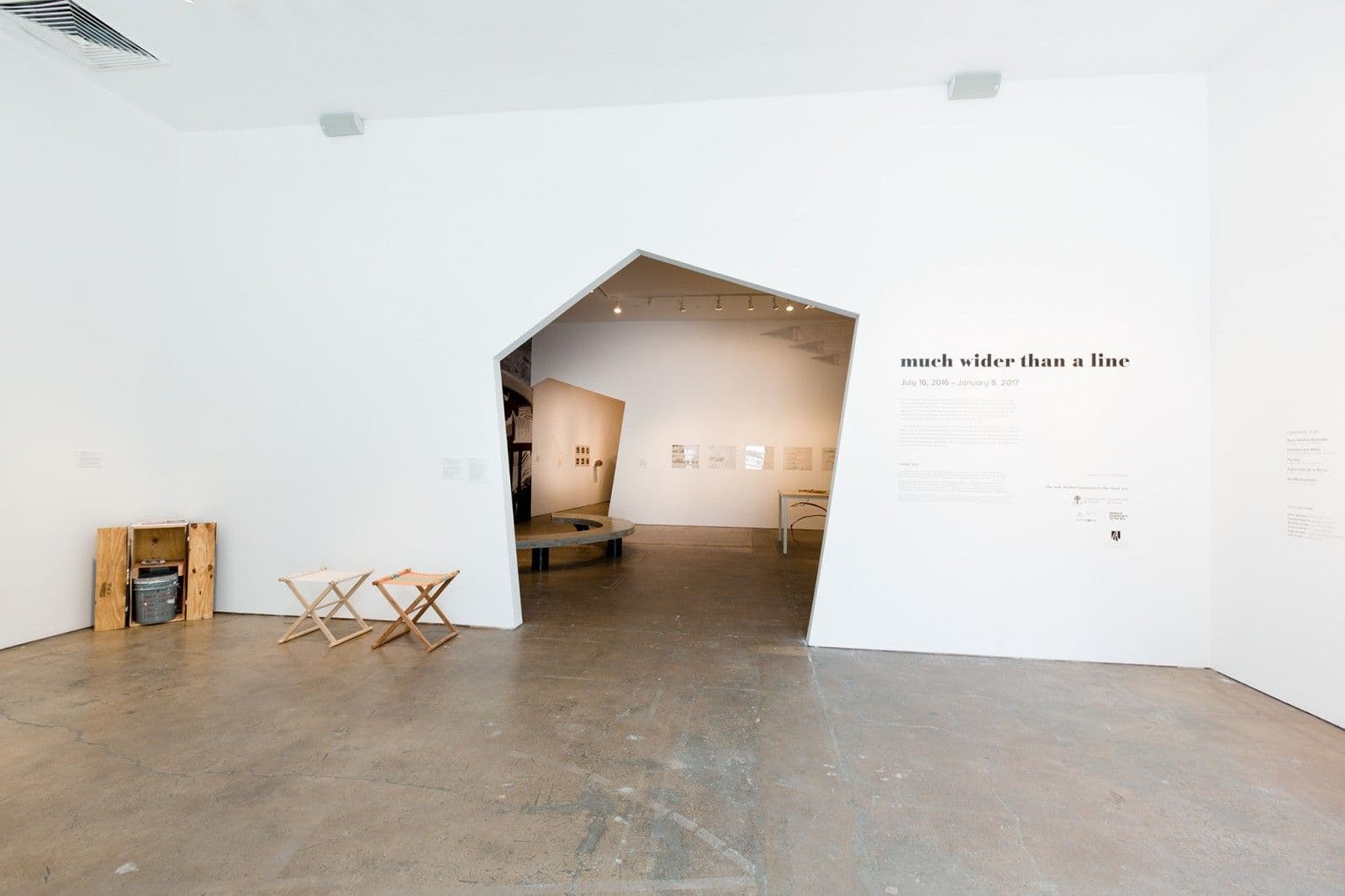David Lamelas
Year born:
1946
Location:
Buenos Aires, Argentina
Argentinian-born David Lamelas made The Desert People in 1974 in Los Angeles, a city that immediately influenced his work and where he soon moved. Previously, in Buenos Aires and London, his conceptual durational work had addressed the issues of space and time. L.A. generated a new subject for him through the confrontation with U.S. culture, film, and television.
Shifting in genre between fictional road movie and ethnographic documentary, The Desert People subverts the Hollywood film. Through its characters, it offers multiple perspectives on the Tohono O'odham, a Native-American group who reside in the Sonoran Desert of eastern Arizona and northwestern Mexico. Tohono O'odham is the autoethnonym of the group, and means "desert people"; at the time, they were known as the Papago.
In the film, a white Ford Gran Torino drives through a U.S. landscape colonized by cars and highways. In their respective scenes, five passengers describe their experience on the Papago Indian reservation. The first four are white U.S. Americans: John, an anthropologist; Carol, a hippie student; Chris, a New York journalist writing an article on Papago women; and Michael, who observes his fellow-travelers as outsiders. The last passenger, Manny, is of Tohono O'odham origin. In the desert landscape, he testifies to the cultural extinction of his people. He starts speaking in English, shifts to Spanish (once the second language of his group), and finally speaks in the Tohono O'odham language, impossible for most viewers to understand. We never see an image of the Tohono O'odham who live on the reservation or the place itself-our images of the group are constructed only through the characters' narrations.
The film makes manifest the cultural misinterpretations born of the travelers' Western perspective, while mourning the disappearance of the language through which Tohono O'odham cultural knowledge could be transmitted. The impossibility of communication in the pseudo-documentary is underscored by the ending, when the Ford falls off a cliff and crashes into the sea.
- Pablo León de la Barra
